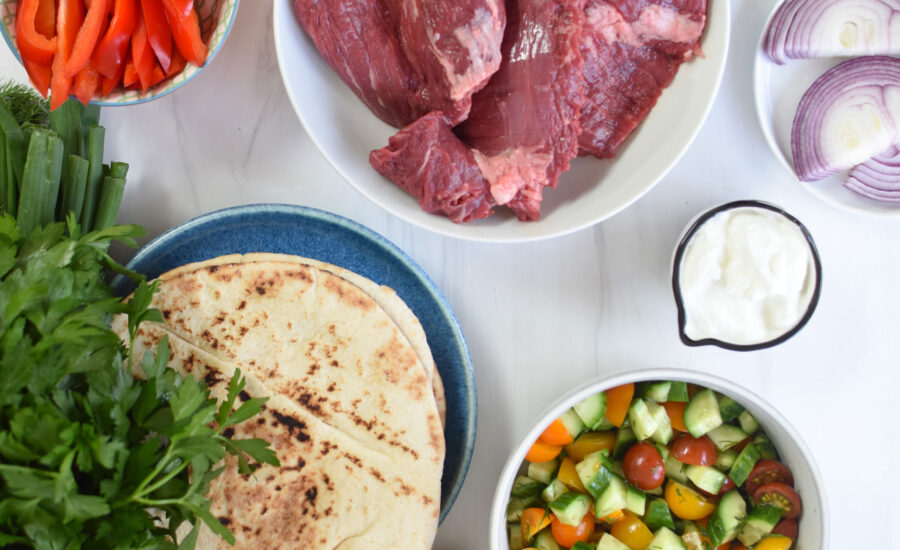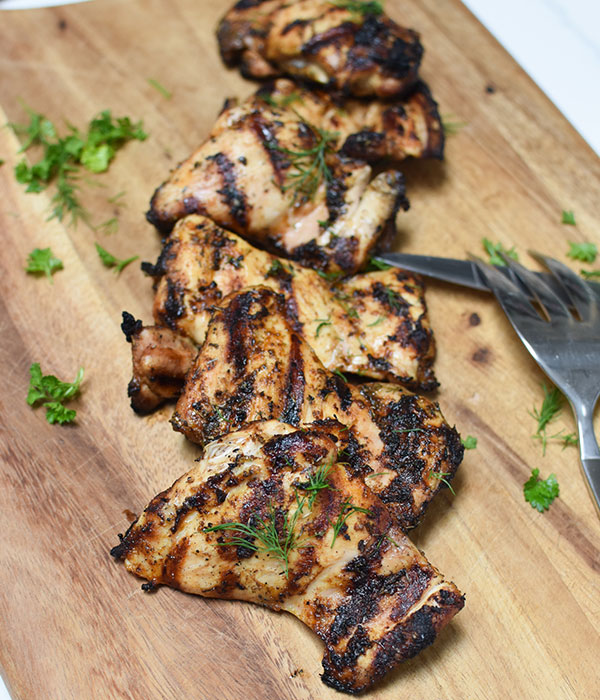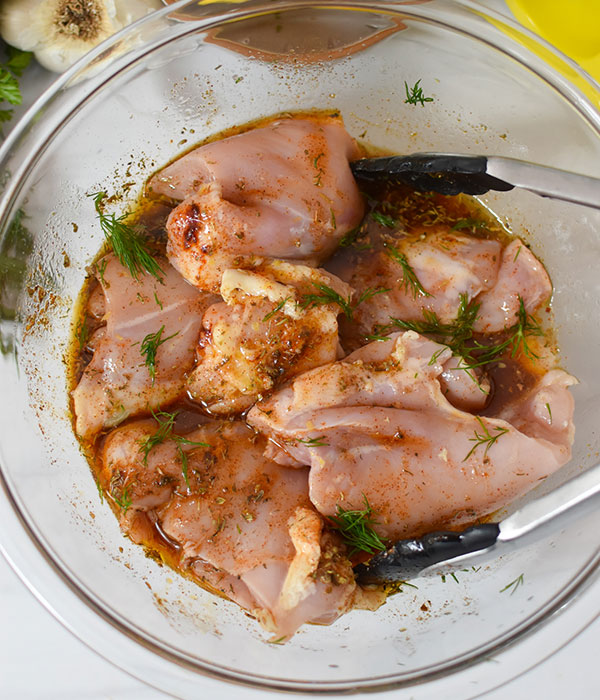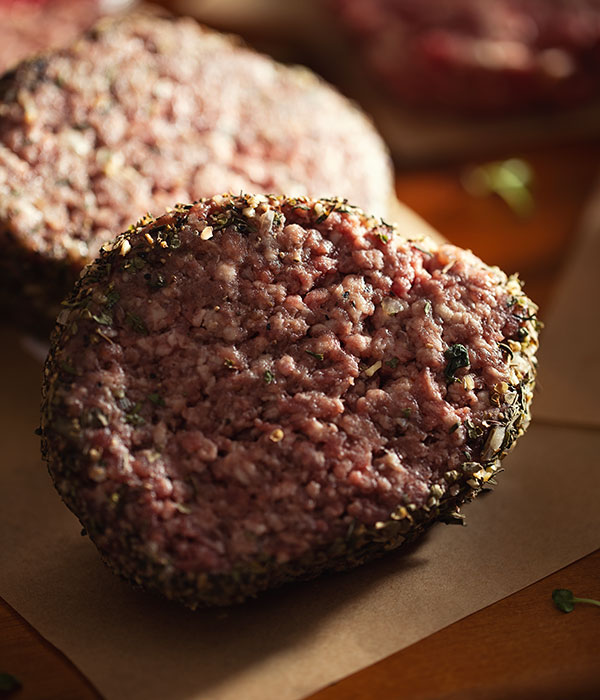Everyday Food Safety 101

The following information was provided courtesy of local cookbook author and chef, Carla Snyder.
As a professional chef and cookbook author, I can attest to the fact that cooking is fun, but it is also a big responsibility, especially when you are cooking for more than yourself.
When preparing and serving a meal for family or guests, you are not only responsible for ensuring that the food tastes good, but that it was prepared properly with everyone’s safety in mind.
The rules of thumb for food safety depend on a variety of factors including the season (warm or cold), location (indoor or outdoor), cooking method (grill, stovetop, oven, campfire) and of course the food you are preparing (meat, veggies, snacks, desserts). But at the end of the day, there are four general food safety tips you should always practice regardless of when, where or what you’re cooking.

To protect yourself, your family and friends from foodborne illness, read on for simple food safety guidelines and, if you’re doing any kind of cooking this summer, be sure to check out our 5 Tips for Smart and Safe Summer Cooking.
1. Clean
Wash your hands before and after handling food. Wash cutting boards, dishes and utensils and clean off kitchen surfaces.
2. Separate
Separate raw meat from other foods and use separate cutting boards for fresh produce and raw meat. Don’t reuse marinades used on raw foods unless you bring them to a boil first.

3. Cook
Use a food thermometer to check that all food is cooked to a safe internal temperature. This is key to destroying harmful bacteria.
Not sure what temperatures are safe? Check out the USDA temperature guidelines below:
- Beef, Veal, Lamb, Steaks and Roasts: 145°F
- Fish: 145°F
- Pork (Cuts): 145°F
- Ground Meat (Beef, Veal, Pork, Sausage and Lamb): 160°F
- Egg Dishes: 160°F
- Chicken, Turkey, Duck (Whole, Pieces and Ground): 165°F
Always reheat leftovers to at least 165°F.

4. Chill
Refrigerate perishable foods after cooking and purchasing to ensure proper cooling to 41°F or less.


